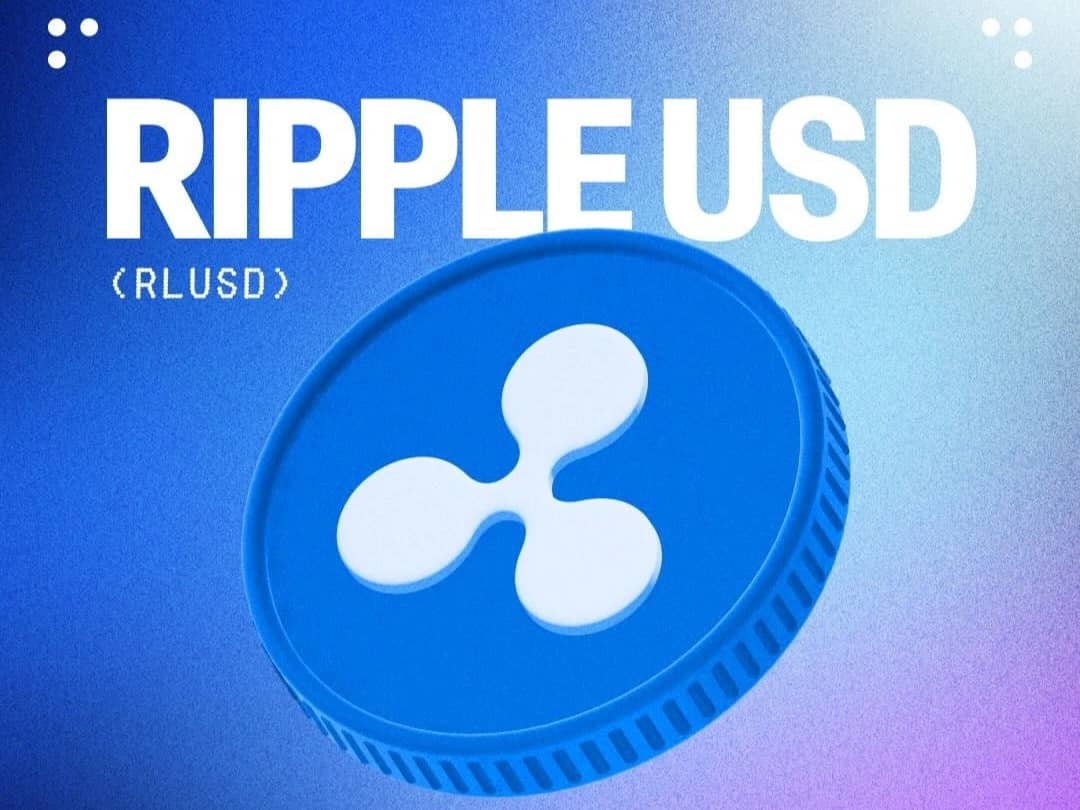Subscribe to wiki
Share wiki
Bookmark
RLUSD
The Agent Tokenization Platform (ATP):Build autonomous agents with the Agent Development Kit (ADK)
RLUSD
RLUSD (Ripple USD) is a stablecoin launched by the crypto solution infrastructure, Ripple on December 17, 2024 [1].
Overview
RLUSD was first introduced in June 2024 [2]. In August 2024, RLUSD was announced to be in private beta testing on XRP Ledger and Ethereum mainnet [2]. Ripple stated plans to expand RLUSD to additional blockchains and decentralized finance (DeFi) protocols over time [2].
RLUSD is valued 1:1 to the US dollar (USD) and is 100% backed by US dollar deposits, short-term US government treasuries, and other cash equivalents [2]. Ripple mints RLUSD under a New York trust-company license and records each token against these reserve assets held in regulated accounts [1]. A third-party accounting firm will audit these reserve assets, and Ripple will publish monthly attestations [2].
While RLUSD was officially launched on December 17, 2024 [1], some users reported being able to add the stablecoin on the self-custodial XRP wallet Xaman on December 4, 2024, by setting up Trustlines [2]. Xaman chief operating officer Robert Kiuru noted that Trustlines can be set up for any asset but do not confirm the issuance or availability of the asset itself [2].
Supply and Usage Growth
In the week ending June 8, 2025, RLUSD's circulating supply increased by 29%, adding $72.5 million and surpassing the $300 million threshold to close at $320.6 million [1]. This marked a sixfold increase in the token's float since its launch on December 17, 2024 [1].
The increase in supply coincided with a 38% rise in weekly transfer volume, climbing to $648.1 million from $469.7 million the previous week [1]. This volume was close to the peak weekly transfer volume of $741 million registered between April 21 and 27 [1]. During this period, Ripple did not burn any tokens, indicating the increase was due to net new creation rather than re-issuance [1].
Despite this growth, RLUSD accounts for approximately 0.1% of the total stablecoin market, which stands at around $236 billion [1].
Regulatory Approvals and Partnerships
In December 2024, Ripple Labs’ RLUSD stablecoin received approval from the New York Department of Financial Services (NYDFS) [2].
Days before the supply surpassed $300 million in June 2025, the Dubai Financial Services Authority (DFSA) approved RLUSD for use within the Dubai International Financial Centre (DIFC) [1]. Ripple intends to integrate RLUSD with its DFSA-licensed payments platform, allowing up to 7,000 locally regulated firms to settle transactions using the token [1]. Ripple’s managing director for the Middle East and Africa, Reece Merrick, highlighted the growing demand for digital-asset settlement and custody in the region and the UAE's dynamic digital economy [1]. The DFSA approval provides RLUSD with both US and international regulatory recognition [1].
In October 2024, Ripple partnered with several exchanges, including Uphold, Bitstamp, Bitso, MoonPay, Independent Reserve, CoinMENA, and Bullish, to facilitate the token's launch [2]. Liquidity support is expected from market makers such as B2C2 and Keyrock [2].
RLUSD is also part of Ripple's strategy following the acquisition of the prime brokerage platform Hidden Road. Ripple plans to integrate RLUSD into Hidden Road’s services as part of the $1.25 billion deal [1].
Expansion to Japan
In August 2025, Ripple and SBI Holdings announced a partnership to launch the RLUSD stablecoin in Japan by early 2026. The joint initiative, formalized under a memorandum of understanding, will see RLUSD distributed through SBI VC Trade, the licensed crypto exchange of SBI Holdings [3].
This expansion is enabled by Japan's amended Payment Services Act, which took effect in June 2023 and created a licensing framework for issuing and distributing stablecoins. SBI VC Trade was the first entity in Japan to obtain an Electronic Payment Instruments Exchange Service Provider license, which permits it to handle foreign-issued stablecoins like RLUSD [3]. According to SBI VC Trade CEO Tomohiko Kondo, the introduction of RLUSD is intended to enhance the "reliability and convenience of stablecoins in the Japanese market" [3].
Relationship with XRP
Ripple plans to use both RLUSD and XRP in its cross-border payments solution to serve its global customers [2]. Ripple president Monica Long stated that RLUSD was built to be complementary and additive to XRP [2].
Some sources suggest that RLUSD is seen as beneficial for XRP because the two assets will be paired with each other [2]. XRP is expected to help add liquidity to RLUSD due to its significant availability on exchanges, while the pairing is intended to help stabilize RLUSD's price and prevent depegging [2].
Target Audience and Strategy
According to Ripple Labs CEO Brad Garlinghouse, RLUSD will primarily focus on large institutional players [2]. Garlinghouse stated that there is an opportunity for a new player in the stablecoin market that emphasizes institutions and compliance [2].
He also mentioned that Ripple had previously used other stablecoins, such as Circle’s USDC, in its payment flows [2]. Garlinghouse cited the USDC depegging event in the spring of 2023 as highlighting an opportunity for a credible player already working with financial institutions to enter the market [2].
See something wrong?
The Agent Tokenization Platform (ATP):Build autonomous agents with the Agent Development Kit (ADK)
